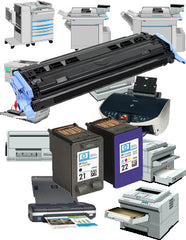"Mummy - I'm bored!" The school holidays are happening, but the children have nothing to do.
If you have a computer, and a printer with colour cartridges, then there is a solution.You might have to learn this free drawing application yourself to show the kids how, but the free time to do other things will justify your return many times over. Happy children means a happy home.
This game is simply called 'Drawing for Children', (click on this link to go to the web page) and it's easy to instal. Did I mention that it's free? It works like a kiddies' photoshop, but oh so simple to use. Just be ready for their printed portrait of you.
Not only does it help further familiarize your children with computer usage, but it also feeds their creative abilities, and it makes them think, and enjoy. And its something you can share with them.
We thank our sponsers at ABC Printsupplies along with other suppliers for providing this information.




















